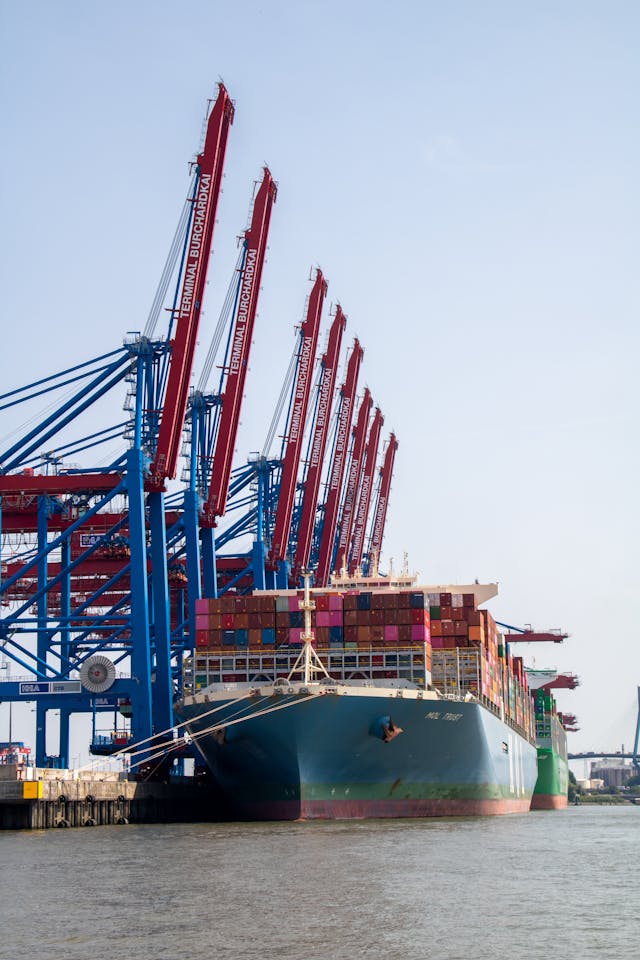
In September 2023, Giorgia Meloni-led Italy, in conjunction with the G20, signed a memorandum of understanding with Indian Prime Minister Narendra Modi, kicking off what has been dubbed “the new Silk Road,” in response to and in contrast to former Prime Minister Conte’s agreement with China.
The project, also supported by the United States, Saudi Arabia, the United Arab Emirates, France, Germany and the European Union, involves two links: one by rail between Europe and the Gulf, the other by sea between India and the Gulf.
And it is precisely on the maritime link that Italy has decided to bet its best chips, on the strength of a maritime tradition recognized worldwide.
According to Senator , Giulio Terzi di Sant’Agata, chairman of the Committee on European Union Policies , this new “sea route” can create a new global axis for our economies. “We are at the center of the game,” he said, “Italy, the beating heart of Mare Nostrum, cannot but play a leading role. Trieste is our trump card.”
Through the India-Middle East-Europe Economic Corridor (IMEC), an initiative launched by the Indian presidency of the last G20, Italy is among the first signatories.
The initiative of the new economic-commercial corridor , which has taken the name IMEC(India-Middle East-Europe Economic Corridor ) has a strategic relevance that goes far beyond a simple infrastructure project, continued former Foreign Minister Terzi, especially when assessed in the face of increasingly risky crisis scenarios-from Ukraine to Gaza, from Houthi attacks in the Red Sea to Chinese military pressure on the island of Taiwan-and aggressive and revisionist powers such as Russia, Iran and China.
In such present and especially future contexts and scenarios, the West will need to be independent, diversify trade routes and secure supplì chains, now in constant crisis and difficulty.
Hence the need to give birth to a new and secure route, such as precisely IMEC, capable of connecting the Indo-Pacific area with Europe and the West. A viable alternative to the Silk Road of Conti’s memory, which soon turned out to be a yoke due to China’s aggressive policies, unfair trade practices, lack of transparency and predatory investments.
As Terzi himself stated, however, IMEC is anything but that. It wants to be a unifying element between regions, a guarantor of the norms and rules enshrined in the WTO, a common strategy, from India to Italy.
For this Italy has put itself at the forefront, following a precise strategic plan, and always for this strategically Trieste, with its port well represents the final destination of IMEC.
As Senator Terzi also points out, compared to other landfalls, “Trieste constitutes a direct gateway to Europe, independent of any interference. The timing is there. For President Meloni, IMEC represents “a milestone in strengthening global connections” and will in fact be a central theme discussed at this year’s Italian-led G7 Summit. The Summit is not only a good opportunity to promote the Corridor, but also to include other stakeholders. As Kaush Arha and Carlos Roa propose in a brilliant article in The National Interest, countries such as Japan might also be interested in signing on to an initiative of such profound strategic significance. For a new global arrangement.”
The challenge of a new route has thus been launched, confirming once again Giorgia Meloni’s foresight and medium- and short-term vision, capable of engaging other nations as well in a market perspective that must necessarily begin a path of independence from Chinese routes.
FeMo



 Subscribe
Subscribe